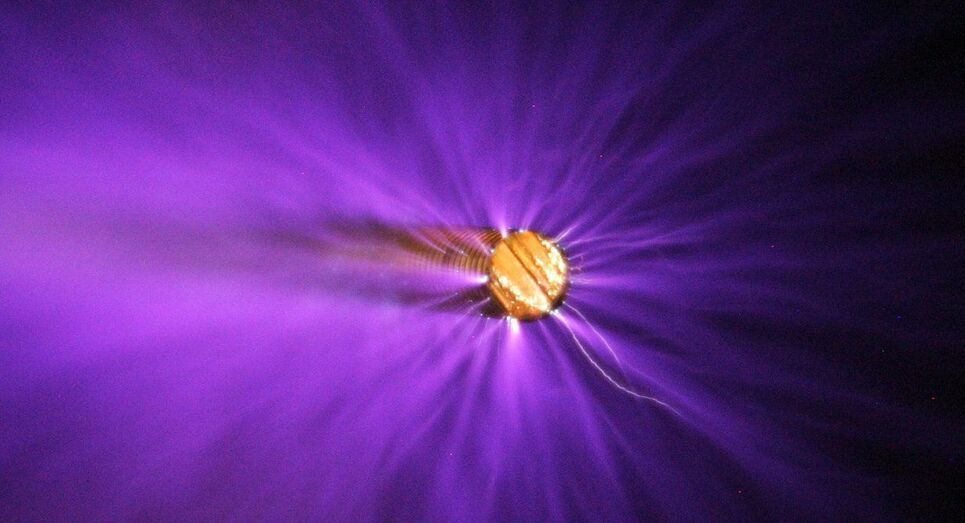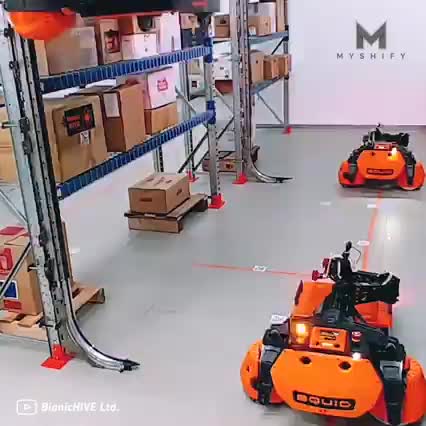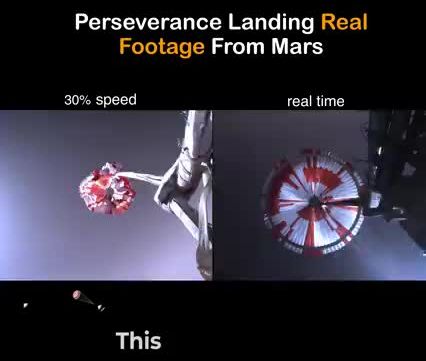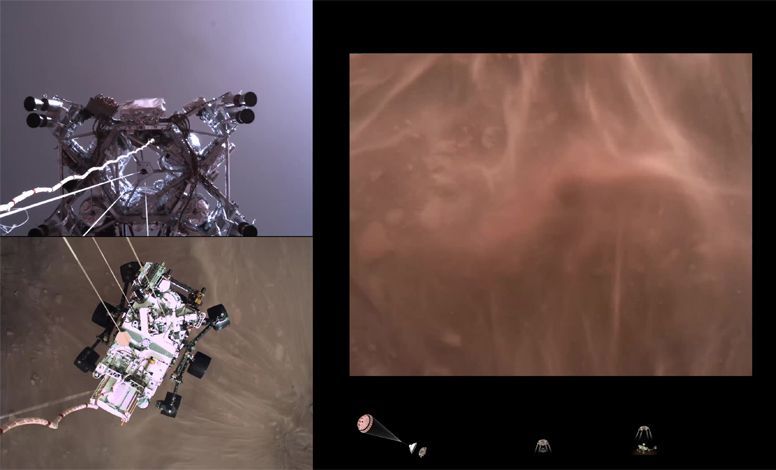The Red Planet is getting even more inhospitable over time.




Circa 2016
The tire of the future is a ball. An unbelievably sophisticated, nature-inspired, magnetic-levitation-infused ball. Goodyear just revealed its vision for a concept tire that’s intended for the self-driving car of tomorrow. It’s called Eagle-360, and it’s totally round.

Today, the most common use cases are much more mundane, including smartphone-based games and apps like Pokemon Go or Apple’s Ruler app, which use the phone’s screen and camera rather than relying on glasses or another set of screens sitting on your face. The few companies who are actively producing AR glasses are mostly focused on work scenarios, like manufacturing and medicine.
Industry watchers and participants think that Apple has a good chance to validated and revolutionize augmented reality like it did with smartphones.




What do you think about this environmentally friendly bottle?
Coca-cola has just unveiled their new sustainable paper bottles designed in partnership with Danish company Paboco.